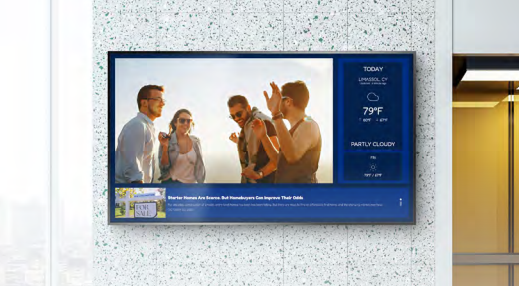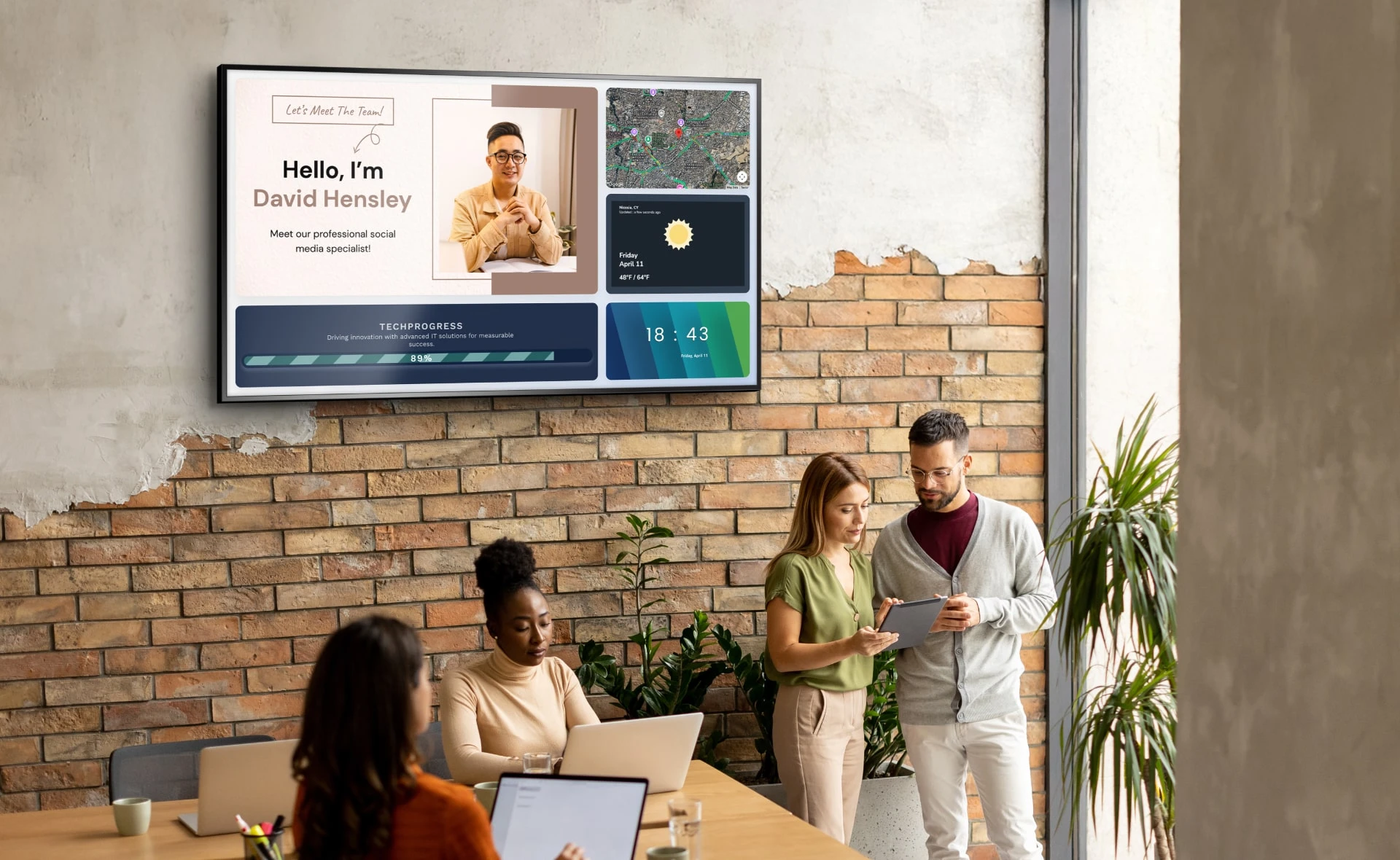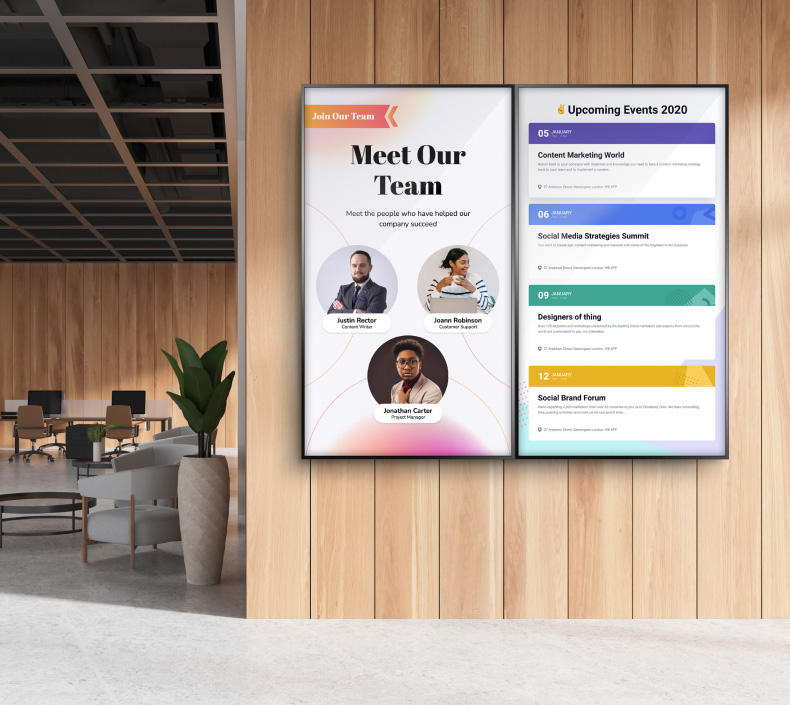The Psychology Behind Kiosk Interaction
Understanding the psychology behind user interaction with kiosks is important when it comes to designing effective and engaging interfaces. Kiosks are becoming increasingly prevalent in various settings, from airports and shopping malls to hospitals and libraries. To create a successful kiosk, designers must delve into the psychological aspects that drive user behavior, ensuring a seamless and satisfying user experience (UX).
Understanding User Interaction
User interaction with kiosks involves a series of steps, from initial engagement to task completion. This interaction begins the moment a user approaches the kiosk, influenced by visual cues, and continues through the entire process until the task is completed.

The design of these interactions plays a significant role in determining user satisfaction and efficiency. Several factors influence how users interact with kiosks, including the kiosk's physical location, the clarity of instructions, and the ease of use.
Designers must consider these factors to create intuitive interfaces that facilitate seamless interactions, ensuring that the process is straightforward and user-friendly. Effective kiosk design can guide users through tasks effortlessly, reducing frustration and enhancing overall satisfaction.
The Role of Behavioral Psychology
Behavioral psychology provides valuable insights into how users interact with kiosks. Principles such as operant conditioning, where behavior is influenced by rewards and punishments, can be applied to kiosk design to encourage desired user behaviors.
For example, positive feedback when a user completes a task can encourage continued use and foster a positive association with the kiosk. Similarly, understanding habits and routines can help in designing kiosks that fit seamlessly into users' lives, making the technology more intuitive and accessible.
By leveraging these psychological principles, designers can create more engaging and user-friendly kiosks that align with natural human behaviors and preferences.
Designing for User Engagement
User engagement is critical for the success of kiosks. To capture and retain user attention, designers can employ various strategies, such as incorporating interactive elements and gamification. Interactive design elements, like touchscreens and voice commands, make the experience more engaging by providing a dynamic and responsive interface.
Additionally, incorporating rewards for using the kiosk, such as discounts or loyalty points, can enhance user engagement and satisfaction by providing immediate incentives for interaction. These strategies not only make the kiosk more appealing but also encourage repeated use, fostering a stronger connection between the user and the technology.
Interface Design and Usability
The interface design of kiosks significantly impacts their usability. Key elements such as layout, color, and typography must be carefully considered to create a user-friendly experience. A well-organized layout ensures that users can easily find what they need, while the appropriate use of color can guide their attention and evoke the desired emotional response.
Typography should be clear and legible to facilitate easy reading. According to a study by the Nielsen Norman Group, good interface design can improve usability by up to 60%. This improvement highlights the importance of thoughtful design in enhancing user satisfaction and efficiency, ensuring that kiosks are both visually appealing and functional.
Cognitive Load and Information Processing
Cognitive load refers to the amount of mental effort required to process information. High cognitive load can overwhelm users and hinder their interaction with kiosks. To minimize cognitive load, designers should present information in a clear and concise manner. Breaking down tasks into smaller steps and providing visual cues can help users process information more efficiently.
Research by the National Institutes of Health found that reducing cognitive load can increase user performance by 40%. This finding underscores the importance of designing kiosks that simplify information processing, making them more user-friendly and effective in facilitating quick and accurate task completion.
Personalization and User Experience
Personalized interactions can significantly enhance the user experience (UX) with kiosks. By tailoring the kiosk interface to individual preferences and behaviors, designers can create a more engaging and satisfying experience. For instance, kiosks can offer personalized recommendations based on previous interactions or allow users to customize their interface settings. This level of personalization not only improves user satisfaction but also increases the likelihood of repeat usage.
A study published by Deloitte found that personalization can boost user engagement by 20%. This data highlights the significant impact of personalization on enhancing user interactions and fostering a more enjoyable and efficient kiosk experience.
Case Studies and Examples
Several successful kiosk implementations illustrate the effective use of psychological principles. One example is McDonald's self-service kiosks, which use intuitive design and clear instructions to streamline the ordering process.
Another example is the airline check-in kiosks, which use step-by-step instructions and visual cues to guide users through the check-in process. These case studies demonstrate how applying behavioral psychology and user-centered design can result in highly effective kiosks.
Challenges in Kiosk Design
Despite the benefits, designing user-friendly kiosks presents several challenges. One common challenge is ensuring accessibility for all users, including those with disabilities. Designers must consider factors such as screen height, text size, and input methods to create inclusive kiosks.

Another challenge is maintaining user privacy and security, especially when handling sensitive information. Practical solutions include implementing robust security measures and providing clear privacy policies.
Future Trends in Kiosk Interaction
Emerging trends in kiosk design and technology are set to shape future user interactions. For example, the integration of artificial intelligence (AI) and machine learning can enable more personalized and adaptive kiosk experiences. Voice recognition technology is another trend that can make kiosks more accessible and user-friendly.
Additionally, advancements in augmented reality (AR) and virtual reality (VR) could provide immersive and engaging kiosk experiences. According to a report by Grand View Research, the global interactive kiosk market is expected to reach $45.32 billion by 2028, highlighting the growing importance of kiosks in various industries.
Summary of Key Insights
Understanding the psychology behind user interaction with kiosks is essential for designing effective and engaging interfaces. Applying principles of behavioral psychology, such as operant conditioning, helps designers create interfaces that naturally guide user behavior through rewards and positive feedback.
Focusing on user engagement is crucial, and incorporating interactive elements and gamification can make the kiosk experience more captivating and enjoyable. Optimizing interface design involves careful consideration of layout, color, and typography to ensure usability and accessibility. Personalization plays a significant role in enhancing user satisfaction by tailoring the kiosk experience to individual preferences, thereby fostering a sense of connection and increasing the likelihood of repeated use.
Minimizing cognitive load is also critical; presenting information in a clear, concise manner and breaking tasks into manageable steps can prevent user overwhelm. Addressing common challenges, such as ensuring accessibility and maintaining user privacy, is vital for creating inclusive and secure kiosks. As technology evolves, staying abreast of emerging trends, like AI integration and voice recognition, will be key to developing innovative and user-friendly kiosks that meet the needs of diverse user groups.
Moving Forward
Designers are encouraged to incorporate psychological principles into their kiosk designs to improve user interaction and satisfaction. By understanding the factors that influence user behavior and applying these insights, designers can create more effective and engaging kiosks.







